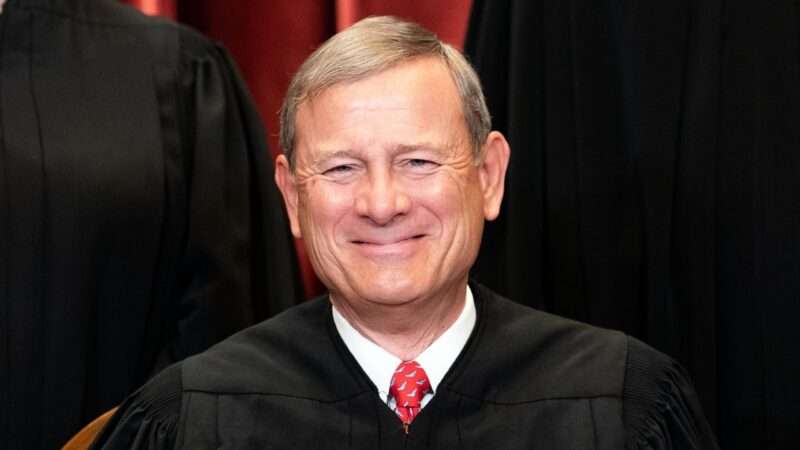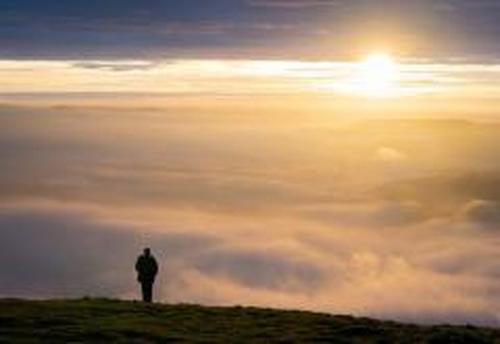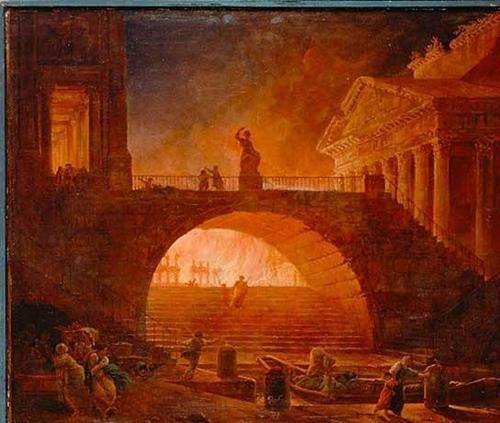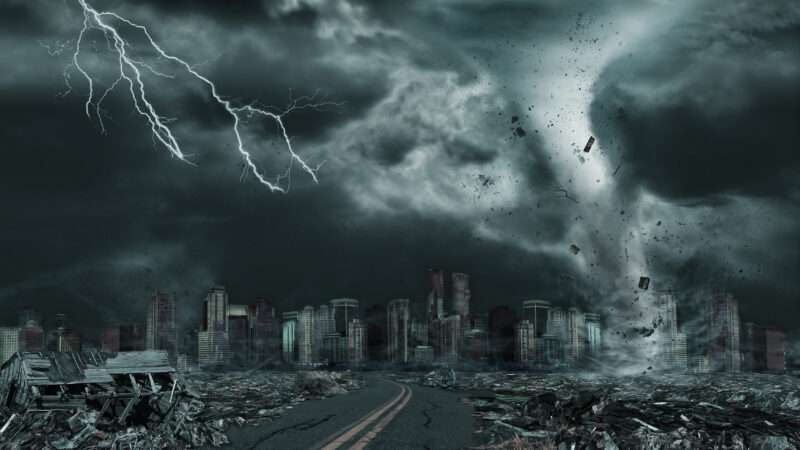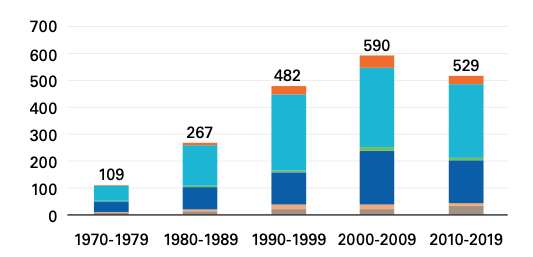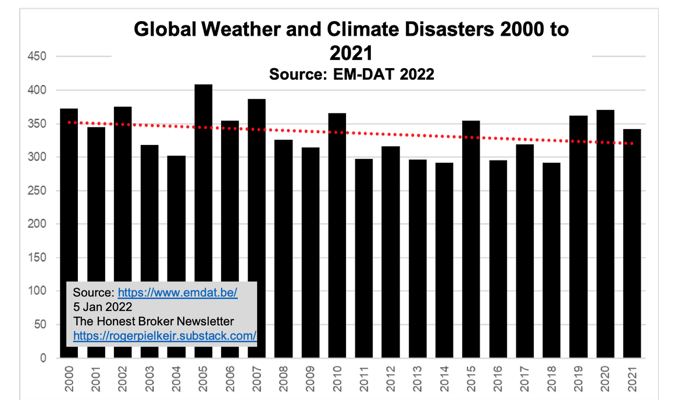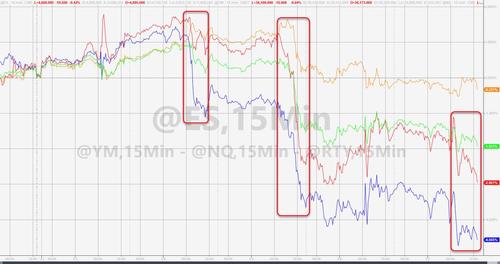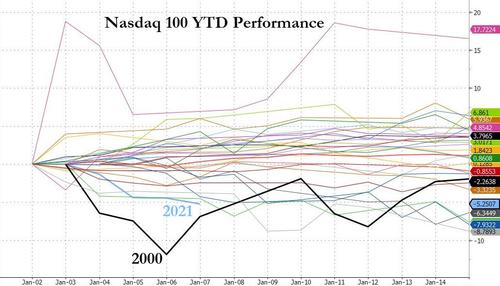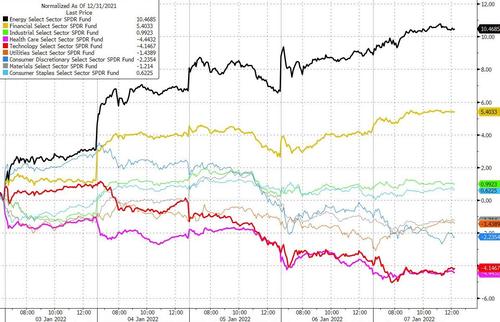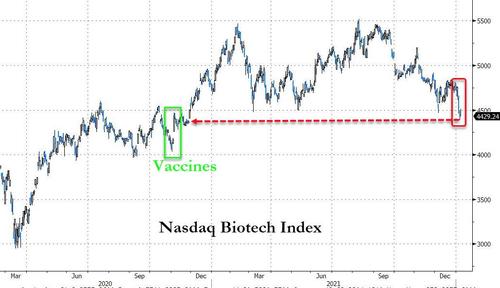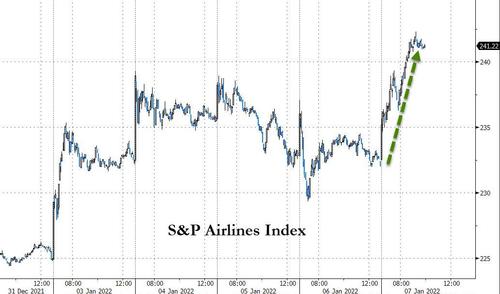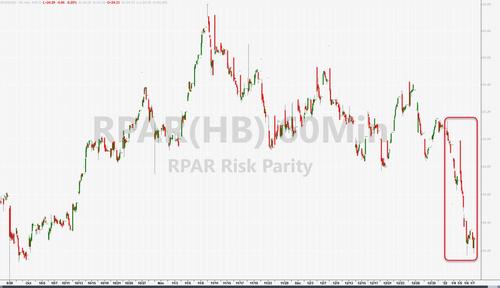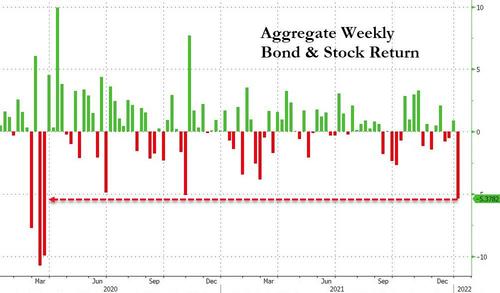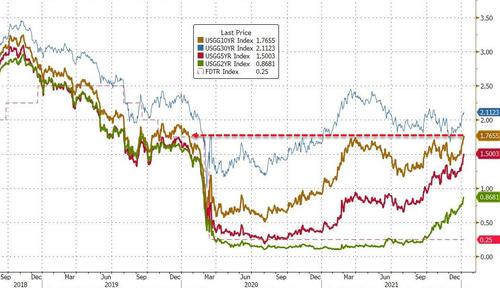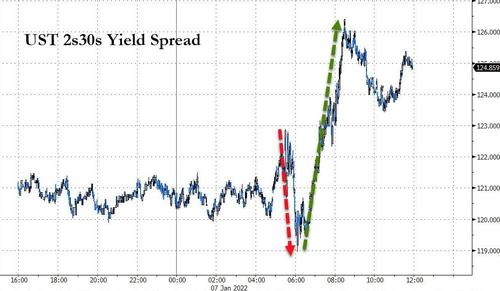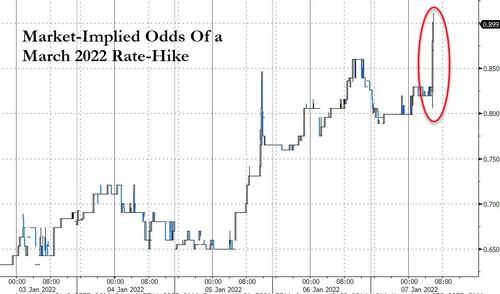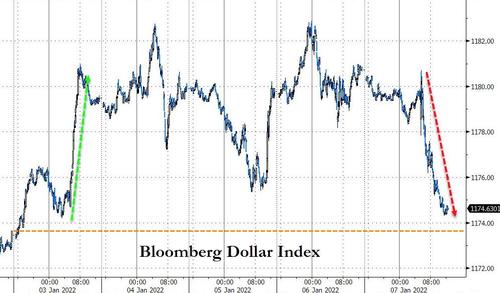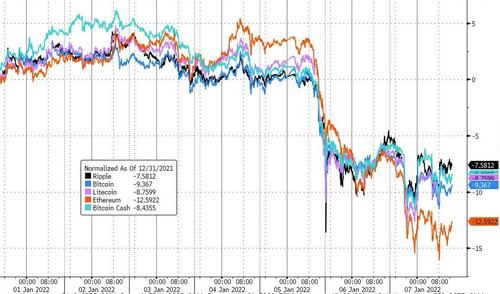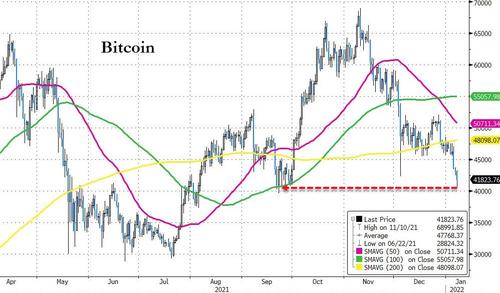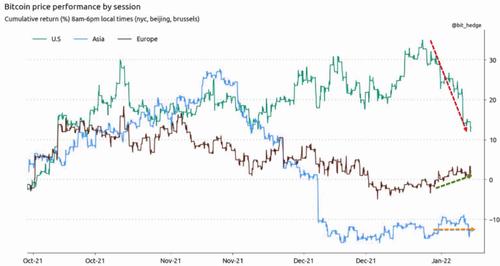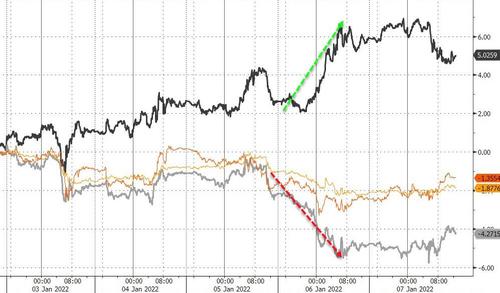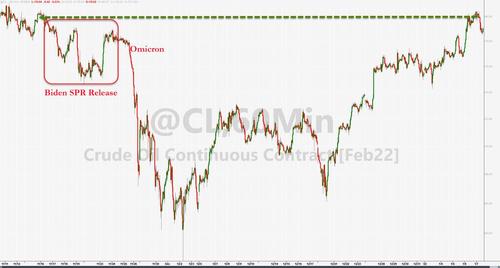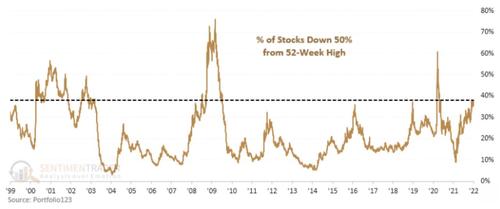The Supreme Court today considered whether it should block enforcement of the Biden administration’s COVID-19 vaccination rule for private employers until the many legal challenges to that policy are resolved. Most of the justices seemed inclined to think that the Occupational Safety and Health Administration (OSHA) had overstepped its statutory authority by demanding that companies with 100 or more employees require them to be vaccinated or wear face masks and submit to weekly virus testing.
Chief Justice John Roberts noted that the Biden administration has imposed a series of vaccine mandates, covering federal employees, federal contractors, and health care workers as well the companies subject to OSHA’s rule. “It seems to me that the government is trying to work across the waterfront,” he said. “It sounds like the sort of thing that states will be responding to, or should be, or that Congress should be.”
Justice Neil Gorsuch agreed that the administration seems to be using various legal pretexts to create what amounts to a general vaccine mandate that Congress so far has declined to impose or authorize. “Congress has had a year to act on the question of vaccine mandates,” Gorsuch said. “It appears that the federal government is going agency by agency as a workaround.” He noted that OSHA’s rule relies on a statute that is “50 years old” and “doesn’t address the issue.” He added that “traditionally, states have had the responsibility for overseeing vaccination mandates.”
The concerns raised by Roberts, Gorsuch, and other justices echoed the points made by the plaintiffs. “OSHA typically identifies a workplace danger and then regulates this, but here the president decided to regulate a danger and then told OSHA to find a work-related basis for doing so,” said Ohio Solicitor General Benjamin Flowers. “It resulted in the vaccine mandate: a blunderbuss rule, nationwide in scope, that requires the same thing of all covered employers, regardless of the other steps they’ve taken to protect employees, regardless of the nature of their workplaces, regardless of their employees’ risk factors, and regardless of local conditions [that] state and local officials are far better positioned to understand and accommodate.”
OSHA’s mandate, which it published on November 5, is an “emergency temporary standard” (ETS), which circumvents the usual rule-making process. An ETS, which takes effect immediately upon publication, does not require advance notice or allowance for public input and hearings. But to take advantage of that rarely used shortcut, OSHA has to show that its rule is “necessary” to protect employees from a “grave danger” in the workplace.
The U.S. Court of Appeals for the 5th Circuit, which stayed the ETS the day after it was published, said it “grossly exceeds OSHA’s statutory authority.” But after the challenges to the mandate were consolidated and assigned to the U.S. Court of Appeals for the 6th Circuit, a divided three-judge panel lifted the 5th Circuit’s stay, which is how the case ended up at the Supreme Court.
Much of the discussion today focused on the “major questions” doctrine, which says Congress must “speak clearly if it wishes to assign to an agency decisions of vast ‘economic and political significance.'” OSHA’s rule—which applies to 84 million employees, two-thirds of the work force, across many different industries and some 2 million workplaces—certainly seems to qualify as such a decision. Justice Brett Kavanaugh suggested that the case involves “broad but arguably cryptic language,” making the major questions doctrine relevant. “If there is an ambiguity,” Gorsuch wondered, “why isn’t this a major question that therefore belongs to the people’s representatives in the states and in the halls of Congress?”
U.S. Solicitor General Elizabeth Prelogar argued that the businesses, employees, and state governments challenging the mandate have not cited “a textual or structural problem” that would justify invoking the major questions doctrine. Confronted by “the biggest threat to workers in OSHA’s history,” she said, the agency is simply exercising powers that Congress gave it.
Several justices seemed skeptical of that position. Justices Clarence Thomas, Samuel Alito, and Amy Coney Barrett emphasized that an ETS must be “necessary” to address a “grave danger.” That is more demanding than the standard for an ordinary OSHA rule, which need only be “reasonably necessary or appropriate” to address a “significant risk.”
Scott Keller, a former Texas solicitor general who spoke on behalf of the business groups challenging OSHA’s edict, argued that necessary, in the context of an ETS, “has to mean indispensable or essential,” as opposed to merely “useful.” Otherwise, he said, OSHA could cite COVID-19 as the justification for policies even more sweeping than the vaccine mandate. Under the government’s theory, Keller suggested, OSHA could have imposed “a national work lockdown at the beginning of the pandemic.”
Prelogar conceded that a showing of necessity requires “some measure of tailoring.” But she rejected the plaintiffs’ argument that OSHA has to distinguish between industries and workplaces based on the COVID-19 risks they face.
“The grave danger exists, based on how this virus is transmitted, anywhere people gather indoors together,” Prelogar said. “There are certain workplaces—factories, assembly lines—where the risk is graver [and] the chance of transmission is heightened. But I don’t think that that in any sense calls into question [OSHA’s] determination that there is a baseline grave danger in any work site where that inside risk of transmission can occur.”
As Justice Stephen Breyer noted, OSHA’s rule includes exceptions for employees who work exclusively at home or exclusively outdoors. But Keller pointed out that the vast majority of people who work in outdoor occupations, such as landscapers and highway workers, are still covered by the mandate because they may be indoors “a little bit of time” each day. OSHA failed to do “an industry-by-industry analysis” of COVID-19 risk, Keller said, and it arbitrarily exempted companies with fewer than 100 employees, even though the “grave danger” it describes does not suddenly disappear below that threshold.
OSHA’s “internally inconsistent positions,” Keller said, also include its determination that middle-aged workers who are vaccinated do not face a “grave danger” from COVID-19 but younger workers who are not vaccinated do, even though the government’s data show that the two groups are about equally likely to die from the disease. He also noted that vaccinated people who are 65 or older face a much higher risk from COVID-19 than unvaccinated 18-to-49-year-olds.
While Justice Sonia Sotomayor suggested that such “apples to oranges” comparisons are not relevant, they go to the heart of the legal justification for the vaccine-or-test requirement. As Prelogar conceded, “the ‘grave danger’ finding is limited to unvaccinated workers.” OSHA is focusing both on the risk they face and the danger they pose to other unvaccinated workers, she said, but its rule is not aimed at protecting vaccinated workers, although it may incidentally have that effect.
Keller questioned the assumption that vaccination prevents virus transmission, noting that vaccinated employees can be infected, especially by the highly contagious omicron variant. Breyer, by contrast, cited the current omicron surge as a reason for allowing the mandate to take effect. He said the legal questions raised by the mandate are “difficult” and “could take time” to address. But with cases skyrocketing and hospitalizations rising, he wondered, “how can it conceivably be in the public interest” to impose an immediate stay? “To me,” he said, “it’s unbelievable.”
The plaintiffs argued that they need relief now because businesses otherwise will be required to submit their plans for complying with OSHA’s mandate by Monday and will immediately have trouble retaining workers who object to vaccination. As soon as the ETS takes effect, Keller warned, “workers will quit,” and there will be “national economic consequences.”
Sotomayor argued that the ETS “is not a vaccine mandate,” since employers can instead require testing and masking. But that option imposes additional burdens on employers, who may therefore decide that a vaccine requirement is easier to manage. And while OSHA has always required employers to pay for workplace safeguards, in this case it is allowing them to impose the cost of testing on workers, giving them an added incentive to be vaccinated.
The Biden administration has described the ETS as part of its plan for “vaccinating the unvaccinated,” and OSHA itself says its policy is designed to further that goal. Prelogar conceded that “encouragement of vaccination” is central to OSHA’s rule, which Justice Elena Kagan said aims to “strongly incentivize vaccination,” because that is the best protection against COVID-19.
As several justices noted, OSHA has never before required or encouraged employers to make vaccination mandatory, even when it issued a COVID-19 ETS for health care workers in June and when it addressed bloodborne pathogens through the usual rule-making process in the 1990s. “This is something the federal government has never done before,” Roberts said. Alito argued that the vaccination rule is “fundamentally different from anything OSHA has done before” because the safeguards it has previously mandated, such as protective clothing, were limited to the workplace. Vaccination, by contrast, “affects employees all the time.”
Gorsuch made a similar point about the risk OSHA is trying to reduce. “Traditionally,” he said, “OSHA has had rules that address workplace hazards that are unique to the workplace and don’t involve hazards that affect people 24 hours a day.” Flowers likewise noted that exposure to the coronavirus is “a risk we face when we wake up, when we’re with our families, when we stop to get coffee on the way to work at work, when we go to lunch and in the evening, if we go to a sporting event or a concert.” To justify an ETS, he said, OSHA would have to “cite a particular aspect of the workplace that creates a risk of a different nature.”
Sotomayor countered that argument by noting that, unlike many other situations where people might be exposed to COVID-19, work is not optional, and it involves “the combination of lots of people all going into one indoor space and having to deal with each other for eight hours.” She noted that “you have to be there with a bunch of people you don’t know, and who might be completely irresponsible.” Given that reality, she said, it makes sense to treat COVID-19 as a risk that is especially acute in the workplace.
Kagan argued that courts should not be second-guessing OSHA’s judgment because they lack the requisite expertise and are politically unaccountable. “Courts have not been elected [and] have no epidemiological expertise,” she said. “Why in the world would courts decide this question?”
Gorsuch noted that the issue is not what the decision should be but who is legally authorized to make it. “The question is not, ‘What is this country going to do about COVID?'” he said. “It’s who gets to decide that….It’s not that judges are supposed to decide some question of public health. It’s about regulating the rules of the system to ensure that the appropriate party does.”
Keller, for his part, questioned whether OSHA—rather than, say, the Department of Health and Human Services—actually has the appropriate expertise. “Is this the agency that has expertise over communicable diseases?” he asked. “No, it’s not.” He argued that “a single federal agency tasked with occupational standards cannot commandeer businesses economy-wide into becoming de facto public health agencies.”
Flowers conceded that OSHA may have authority to address COVID-19 in a more carefully calibrated way, but he argued that its ETS neglects distinctions that the agency is legally required to consider. “So sweeping a rule is not necessary to protect employees from a grave danger, as the emergency provision requires,” he said. “I want to be clear [that] the states share OSHA’s desire to bring this pandemic to a close. But the agency cannot pursue that laudable goal unlawfully.”
The post The Supreme Court Seems Inclined To Block OSHA's Vaccine Mandate appeared first on Reason.com.
from Latest – Reason.com https://ift.tt/31EPVCC
via IFTTT
